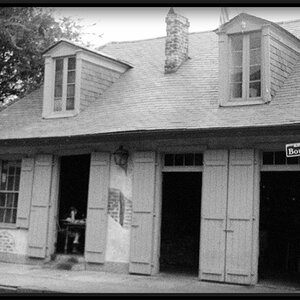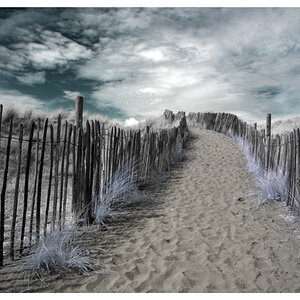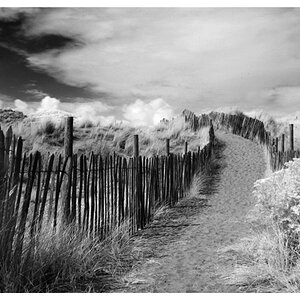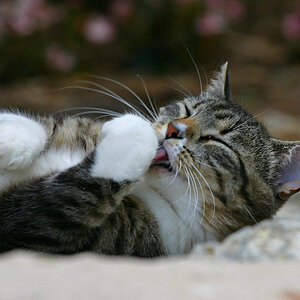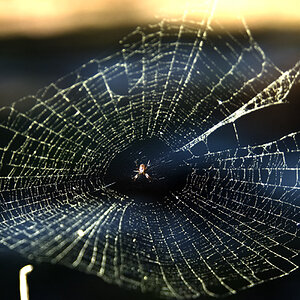AlexGavillan
TPF Noob!
- Joined
- Oct 23, 2017
- Messages
- 62
- Reaction score
- 6
- Location
- San Diego, CA
- Website
- www.instagram.com
- Can others edit my Photos
- Photos OK to edit
Hey guys,
Me again curious to know what mode some of you shoot in, from beginner to paid professional. I have no problem shooting in manual mode, I'm confident enough on how to read the light meter, histogram, etc. To get the proper exposure. I was reading an article earlier this week and there were some pros saying they shoot in shutter priority, aperture priority, etc. So they don't miss the moment.
curious to know what mode some of you shoot in, from beginner to paid professional. I have no problem shooting in manual mode, I'm confident enough on how to read the light meter, histogram, etc. To get the proper exposure. I was reading an article earlier this week and there were some pros saying they shoot in shutter priority, aperture priority, etc. So they don't miss the moment.
When I first started I was in aperture priority almost all the time, while learning about exposure, the different metering modes, etc but once I understood that, I switched to manual mode to have better control over my photos .
So... I bring this up mainly because I do find myself adjusting shutter speed a lot when shooting outdoors and shadows come into play or clouds (ISO set to lowest if possible and I set the aperture to what I want to shoot at) and I can see missing certain shots as a real thing. I don't have a studio so I can see where one can control lighting, etc shooting in manual is easier or just makes more sense. . I have a kid so most of my stuff is outdoors, lots of movement and ever changing light.
I'm not looking for a "hey you should shoot in X" just curious what all of you shoot in and if that changes based on the situation.
Alex
Me again
When I first started I was in aperture priority almost all the time, while learning about exposure, the different metering modes, etc but once I understood that, I switched to manual mode to have better control over my photos .
So... I bring this up mainly because I do find myself adjusting shutter speed a lot when shooting outdoors and shadows come into play or clouds (ISO set to lowest if possible and I set the aperture to what I want to shoot at) and I can see missing certain shots as a real thing. I don't have a studio so I can see where one can control lighting, etc shooting in manual is easier or just makes more sense. . I have a kid so most of my stuff is outdoors, lots of movement and ever changing light.
I'm not looking for a "hey you should shoot in X" just curious what all of you shoot in and if that changes based on the situation.
Alex


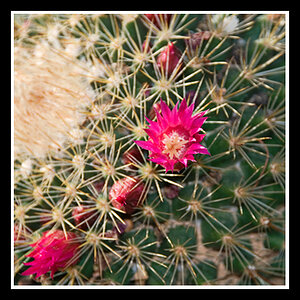


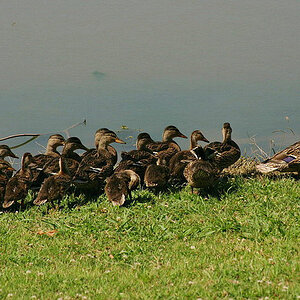
![[No title]](/data/xfmg/thumbnail/42/42270-4394b4f41a4b5d16152d8471f79ec2e4.jpg?1619740079)
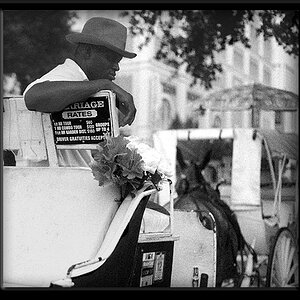
![[No title]](/data/xfmg/thumbnail/42/42274-5bec1b32caba5fed4a680bc5be4d0202.jpg?1619740083)
